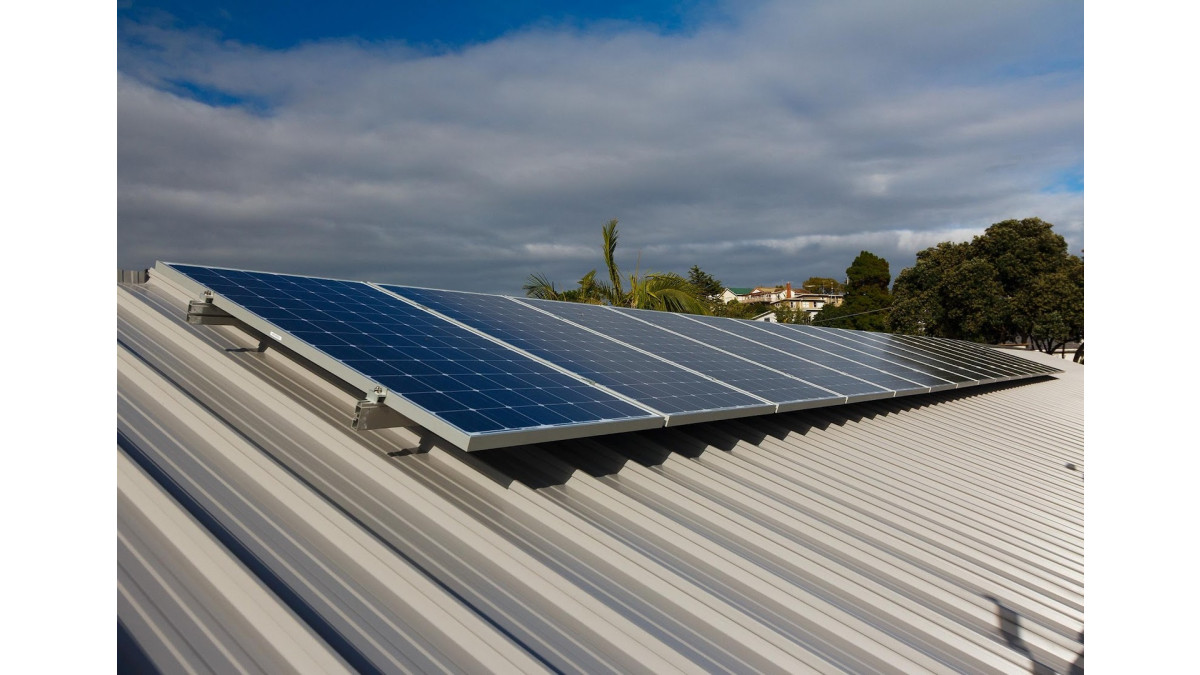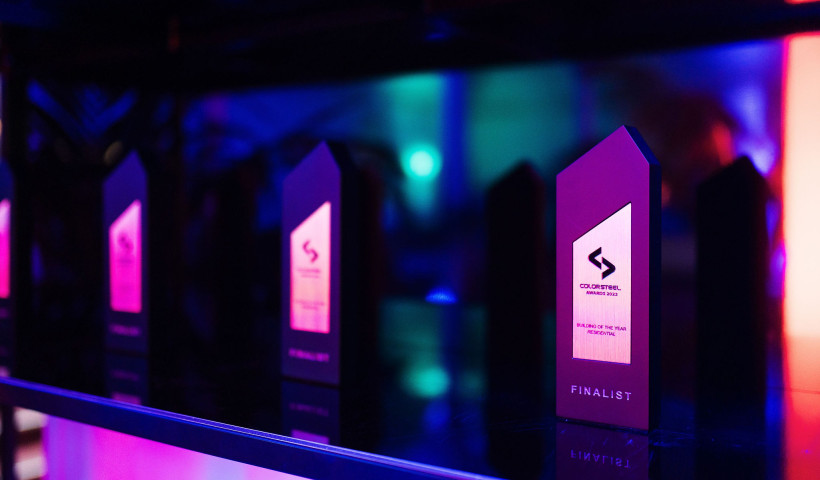
Stemming from the desire to build a healthy, eco-friendly home for his family, Philip Ivanier has recently constructed New Zealand’s first certified passive house. Passive design leads to a dramatic increase in energy efficiency and a vastly reduced ecological footprint, making this project a pioneering step for sustainable architecture in this country.
The passive housing certification is a performance standard that stems from strict criteria. The measures taken into account include: the house’s space heating and cooling demand, the heat loading (the maximum amount of heat that can be added at one time), the building being sufficiently airtight, and the total energy demand being below a certain level. All of these criteria relate to energy efficiency, the driving force behind passive housing.
To achieve passive house certification, Philip incorporated some key components. On top of the heavy insulation, an airtight membrane has been applied to ensure that there are no air leaks. Double-glazed windows ensure minimal heat loss, while even the concrete slab has been insulated to stop thermal bridging. Lastly, a well-insulated Colorsteel roof was installed to complete the envelope. Colorsteel roofing is perfect for ‘green’ construction projects because it has a long lifespan, requires little maintenance and is 100% recyclable.
Being well insulated, free of thermal bridges and virtually airtight, passive houses are primarily heated by "passive gain". In short, this means the design of the house allows it to maintain a comfortable climate without need for active heating or cooling systems.* Through a clever use of insulation, thermal windows and heat recovery, this house will boast remarkably low energy consumption; all while providing the best living environment for the family year round.
Other than the level of comfort and cost savings incurred with a passive home (reductions on energy bills are estimated at 80-90% compared to normal dwellings), other benefits include a reduction in the carbon footprint (associated with the energy efficiency) and the unsurpassed indoor air quality that results from having an airtight, air-filtered home.
Over and above the passive certification, Philip has also mounted photovoltaic panels above his Colorsteel pre-painted steel roof. These solar panels will enable the home to generate more electricity than what is required by the household, enabling the Ivaniers to sell the excess back to the grid. This means that this extraordinary passive house will also be creating a passive income for the family!
* The best living environment temperatures range between 20 and 25 degrees in every room. In a passive house this should be achieved with virtually no active cooling or heating.













 Case Studies
Case Studies














 Popular Products from COLORSTEEL
Popular Products from COLORSTEEL


 Most Popular
Most Popular


 Popular Blog Posts
Popular Blog Posts